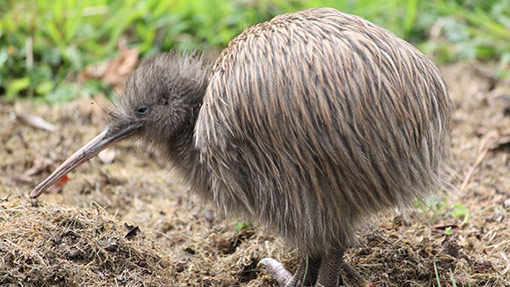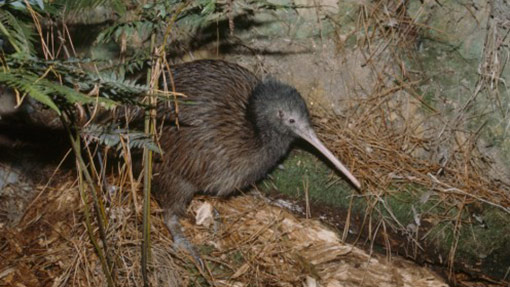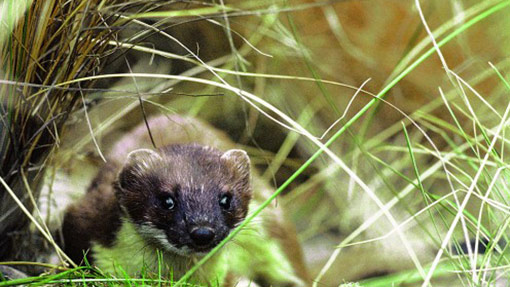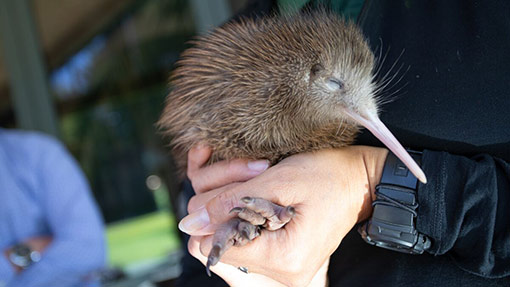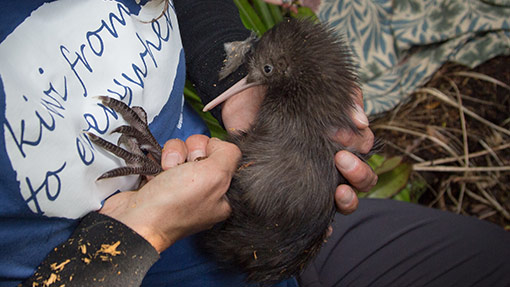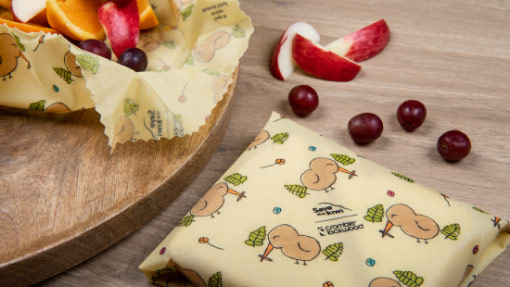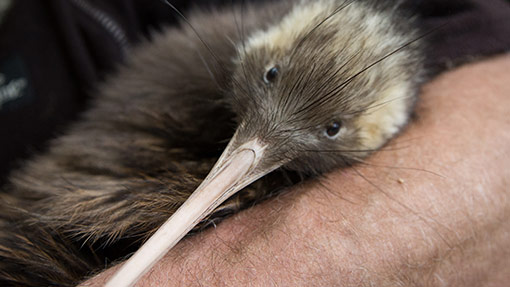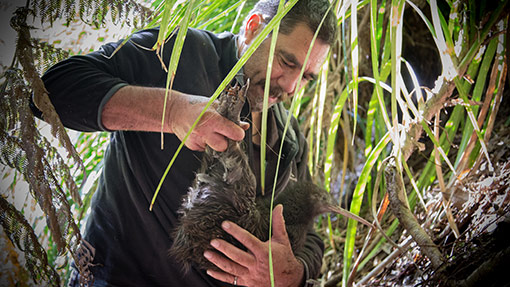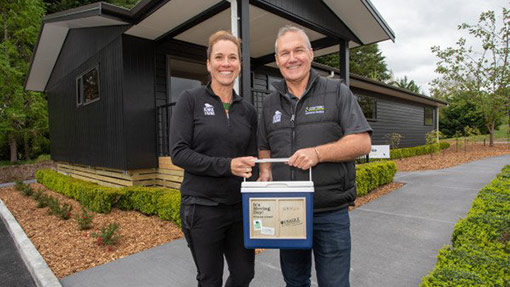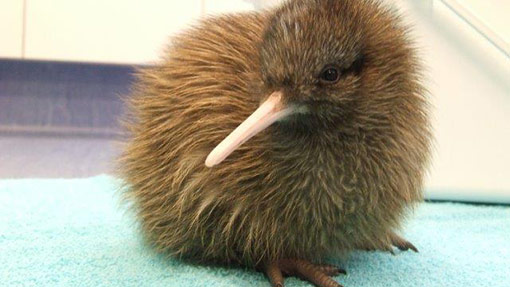Kia ora team,
Well, we had quite a reaction to the previous blog on cats. Given it was somewhat of a controversial subject, I was pleased to hear that you considered that I had got the balance right. And when you talk about nature and working to protect it, balance is really the key word. You can’t play God for one thing without being forced to play God somewhere else. Take possums out of podocarp forest, for example, and watch rats explode. Then stoats. You will protect one thing at the expense of others if you only dip your toe in the water. That’s what happens when you remove the competition, and competition for food has an impact greater than predation many times. When it comes to protecting nature and enabling people to live in the world, then balance comes up again.
So how do we find the balance between cats, both feral and domestic, and growing nature – and keeping all people happy? I think the answer to that question is “very carefully”, and on a case-by-case basis.
The biggest challenge facing us right now is a group that firmly believes that feral cats have as much right to be out there as domestic cats, or in some cases, even people. An overlapping group also believes that to kill any (feral) cat is simply and fundamentally wrong. I am not sure how we navigate this sub-subject to a mutually agreeable conclusion. This opinion flies straight in the face of nature itself. That’s just not how nature works. We can wrap nature in a million cuddly photos of baby animals on social media, but the bad news is that, out there it is survival of the fittest and fastest. That is nature 101. For something to live, something else (or a lot of somethings) must die.
In New Zealand conservation, we have been very ‘bird centric’ for many years. The fact is that there is a whole variety of nature out there in the ngāhere, and pleasingly people are now opening their eyes to that.
Feral cats are our number one apex predator. This means they can impact on just about everything we have out there. They are big invertebrate eaters and absolute devastators of lizards. When you consider that a gecko takes 3-4 years to reach sexually maturity and then has, at best, twins each year, feral cats can cause massive devastation to the future of a gecko population.
There is also a well-documented event where a single feral cat devastated a colony of pekapeka/short-tailed bats in native forest in the central North Island. From the time of discovery to the capture of the cat, 102 known bats were predated. How many were taken prior is pretty frightening to consider. Often an apex predator (individual or population of) can be artificially sustained by fast breeding pests such as rodents. This can often mean that predators can live in places or in numbers where they can then have a devastating impact on slow breeding and vulnerable native species.
From my observations in the field over many years, cats are adept and adaptable predators. If the dinner gong rings for a food species, they are very good at capitalising quickly to take advantage of it. It might be short-tailed bats, or it might be a colony of large Otago skinks inhabiting a rocky outcrop. If a cat finds food and figures out how to get it, they will keep returning until it isn’t worth it anymore. Given that a cat can live many seasons, an experienced hunter an also impact on a number of prey species’ breeding seasons when they happen too.

A feral cat pauses to make a territory mark as part of its nightly hunting routine. Well away from houses and potential dump sites, this cat will be generations wild and living right in the middle of many threatened species.

Truly wild feral cats can bear a great resemblance to their softer cousins down in the ‘burbs’. This is potentially the biggest issue we have, where people genuinely struggle to separate feral from domestic cats. This often translates into people getting really emotional over the thought of removing and killing such animals in the battle for our taonga.

Same place, next day, different cat, both big, mature and healthy. I have often had up to eight feral cats on one camera within a week. There are way more cats out there than we realise and it is a common theme nationally. They are a real threat to native wildlife.

We are Save the Kiwi, but we care about all native wildlife, even the tiny wee creatures like this newborn green gecko. The fact is that feral cats can have a greater or lesser impact on so many native species in New Zealand. Let’s start the dialogue on this most complex of conservation subjects, and be kind to all while we do.
Many people with pet cats will swear that their cats don’t hunt at all, and some of them may be right. The sad fact is that many do; it’s just that Mr Tiddles often does it when the boss is away or asleep.
Just because your cat sleeps all day, don’t assume they do that all night. In fact, many cats are real night owls and use the day to recover from their night-time antics. There have been several interesting international studies where cameras were fitted to domestic cats to monitor their hunting activity. The results show that a significant percentage of cats hunted regularly with varying levels of success. It is startling stuff. My observations of the pet cats I have known support this. Some were more active hunters than others and some were more successful. What is also interesting is the number of pet cats I have observed who specialised in one particular species, like rabbits, birds, or lizards. I have tracked feral cats back to their dens and only found rabbit remains, while at other times I have found regurgitated lizards and bird remains.
What is also interesting from these studies is the large percentage of kills that were not brought back to the house, which supports the idea that many cat owners are blissfully unaware.
As PF2050 brings taonga back to people’s back yards and biodiversity to suburbia, the conflict between pet cats and their owners and conservation and its protectors will only increase. Is there a workable solution? I am now seeing cat-free subdivisions being created where it is written into the property covenants. I am also seeing the kick-back from people who state quite strongly that they won’t be told what they can and can’t do. The good news for those people from my perspective is that they still have choice. They can choose to live there, cat-free, or find somewhere else with their cat. I can’t see what the problem is. The fact remains that traditional cat-inhabited suburbs will have a negative impact on biodiversity as it improves in those areas.
Is it fair to move the goal posts for cat lovers who have lived there with their cats for years? It’s a good question to ponder – and you could sell tickets to the conversations around this! Domestic cat impacts often won’t be as bad as rats and stoats, but it will happen. And I come back to my observations of how a single cat can ‘specialise’ in the removal of one prey species. Like ferrets and kiwi, it sometimes only takes one. Look at the issues with a pet cat in Kaikoura and a population of dotterel. The poor people trying to protect those birds are tearing their hair out. They even knew which cat it was!
And it isn’t just predations that cats are having an impact with either. We are also learning more and more about their disease impacts. A parasite called Toxoplasma Gondii that reproduces only in cats is in the headlines for all the wrong reasons. Although feline ‘toxo’ only reproduces in cats, it can still infect other species. Shed in cat faeces, it can infect other animals who eat contaminated vegetation or infected animals. Ask any farmer about toxo and they will wince. Toxo can cause sheep to abort, and young stock are particularly susceptible. It can be devastating. The good news is that you can vaccinate sheep against it, but it still remains a real threat at times.
The reading would suggest that at any given time, and based on tests, approximately 30% of cats are carriers of feline toxo. The scary fact is that studies have revealed that 30-50% of humans are infected as well. Thankfully most are asymptomatic, but toxo-related illnesses are still common and serious enough to be a concern. People can catch feline toxo mostly from contact with cat contaminated litter trays, vegetable gardens, and sandpits. Yuck!
There is a lot more ‘cat chat’ that we could have, which I’ll save for the next article. I want to say again that I support people’s rights to have a pet cat. So many people benefit so much from that. My desire is to see a happy balance of ownership and mitigation of the impacts from that and finding the sweet spot for nature and society. I think we can do that if we all work together.
John Bissell
Save the Kiwi National Predator Control Advisor
www.bbem.co.nz
Instagram @nzpredatorhunter


